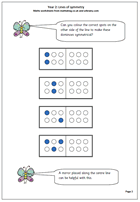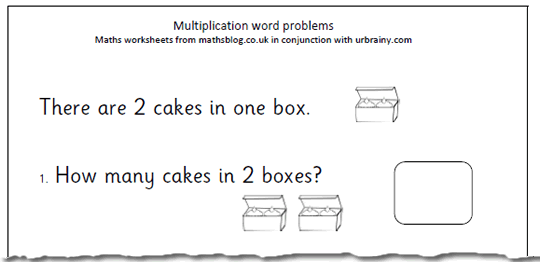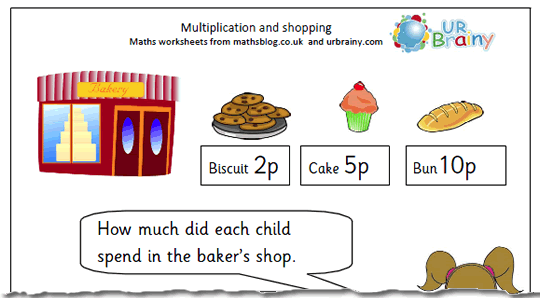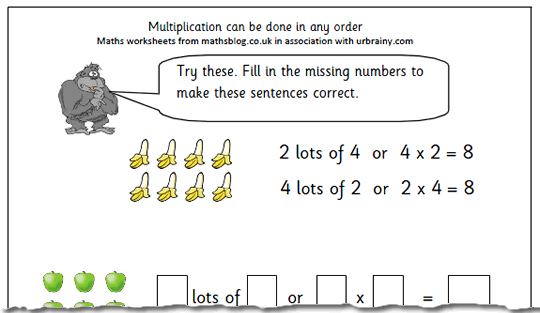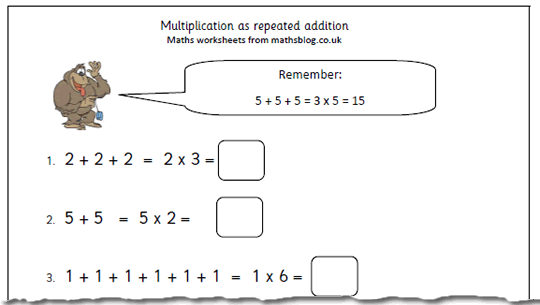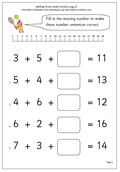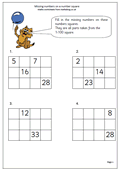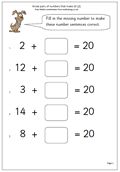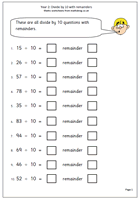 This maths worksheet contains a straightforward set of questions on dividing 2-digit numbers by ten, with remainders. It is aimed at children in Year 2 who are just getting to grips with division and know their ten times table.
This maths worksheet contains a straightforward set of questions on dividing 2-digit numbers by ten, with remainders. It is aimed at children in Year 2 who are just getting to grips with division and know their ten times table.
The best way to do these is to go through the ten times table until the nearest whole ten below the number is found, then add on to reach the remainder. When dividing by ten the remainder can never be greater than ten.
Further division worksheets can be found both in the Four Rules section under Division or in the separate year groups under Calculating.
